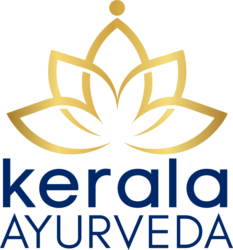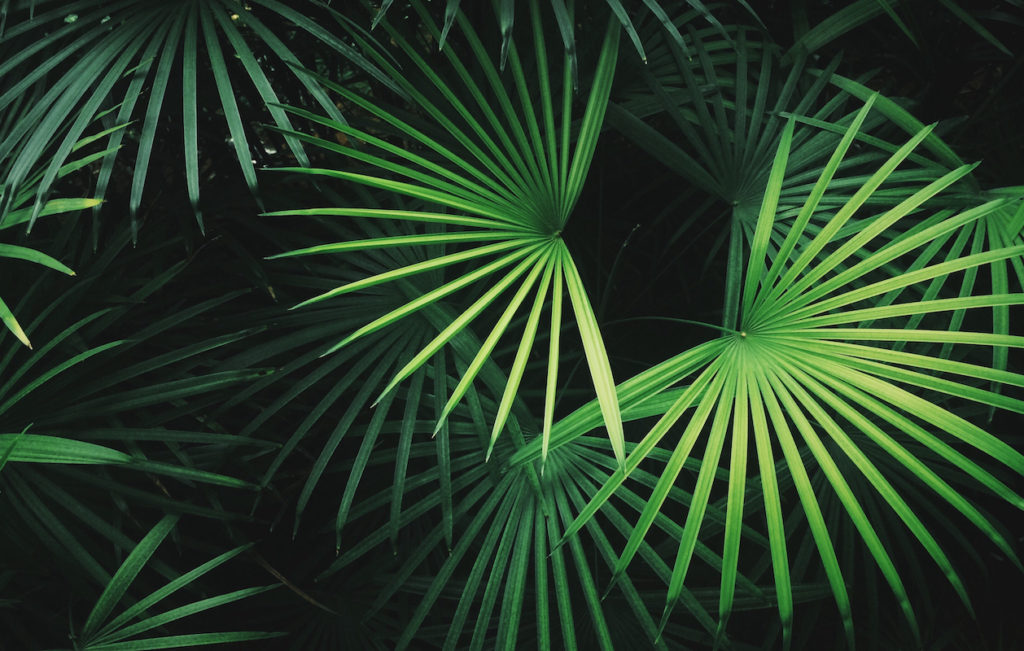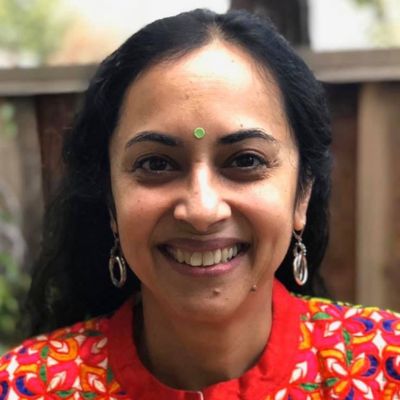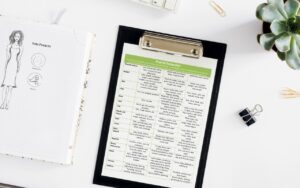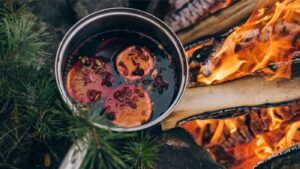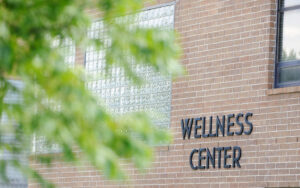In part 1 of this interview series, we learned about July Huang’s background studying and healing with the Vedic sciences. July also collaborates with Kerala Ayurveda Academy to bring Ayurvedic education to the European community. We had so much to talk about, we’re sharing the rest of the conversation here in part 2. Here you can learn more about July’s current Ayurveda practice, her role in bringing the Ayurvedic Health Counselor program to Europe and her experience as an Ayurvedic Doctor student.

Starting a practice and teaching Ayurveda to the Asian population
How did you get started with your Ayurveda practice?
I had my clinic and was promoting Ayurveda, but before 2015 I was pregnant twice and had my two kids. I started running my clinic in 2015, providing Panchakarma and food consultations. I was providing online consultations with an Indian Doctor to design Panchakarma. I translated because they spoke English with a strong accent and used a lot of Ayurvedic vocabulary. And they didn’t know about local food, so he helped design Panchakarma and I did the rest. I could then do Panchakarma, but it was not so practical to continue that way. In the end, I decided I needed more knowledge and wanted to promote Ayurveda in Norway. I was not just a yoga teacher and masseur, I needed a title. Though I didn’t want to aspire for the title, it would convey my qualifications as a doctor to promote Ayurveda in Norway. I needed the qualification and title, to communicate with the government, other doctors and the market.
I couldn’t go to India to study in a university since I’m a mother. Through NAMA (National Ayurvedic Medical Association), I found Kerala Ayurveda Academy. I started with Ayurvedic Counselor, went on to study Ayurvedic Practitioner and then joined the Ayurvedic Doctor program.
I had experience leading Yoga retreats and I wanted to introduce practicing and teaching Ayurveda in Mandarin. People said that there already is TCM in Taiwan and other Mandarin speaking countries, but I heard it was becoming a lot like Western Medicine. Practitioners were so used to checking pulse and doing acupuncture or providing medicines, but they didn’t explain much about food and lifestyle. I wanted to emphasize this part, and there were Yoga teachers trying that. I thought I have a unique skill, I understand Mandarin, speak the language and I understand Ayurveda. I also knew the lifestyle in Taiwan.
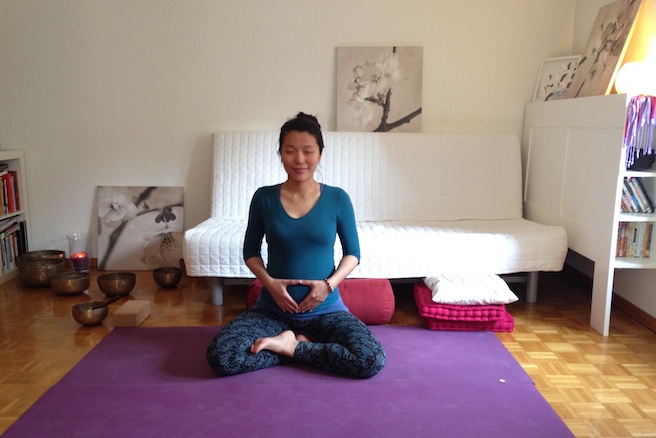

Did you ever encounter racism when you started Ayurveda?
In Ayurveda, there is no racism for me. People are surprised that I’m from Taiwan and they think I should study TCM. Clients from India are especially surprised that I’m not from India. But in a nice way, they trust the profession. If you know what you’re doing, they trust you.
In KAA, did you feel like you’re the only Asian person?
I met a Mandarin speaking Asian, someone who is from Taiwan, who moved to Mongolia. She went to India to study Ayurveda, BAMS (Bachelor of Ayurvedic Medical Science). She is also in her last year of study and we compare notes.
What’s your current practice and philosophy?
Any practice takes time. In the beginning, when I started in Norway, I was so panicked. My schedule was not full and I felt like I didn’t have enough appointments. Somehow, I reached one point during the pandemic when I thought, what if clients are lesser, I have enough money for rent and food and to be able to take time for studying. Once these feelings became stronger, I enjoyed my job more. When I have more appointments, I focus on Rogi’s, other times, I study books and cases.
In my current practice, I do assessments and bodywork but I don’t employ anyone else. I prefer being the first line person. When I touch my client, I receive so much information, much more than pulse reading, it’s an energetic healing.
In terms of infrastructure, I have a clinic room, one part is for treatment, one part for consultation. A simple room, but cozy, with my therapy table and swedana box. It’s 12 square meters. I have each corner to do what I need.
Do you teach larger Asian populations?
I offer three training sessions in Mandarin and have students from Hong Kong, Europe, Taiwan, Mexico and the US.
Foundational Ayurveda is 30 hours, where I teach basic principles like Prakriti, Vikruti, Dinacharya and seasonal changes. I help my students to be able to read the seasons because every location has a different doshic energy. As long as you can see what is going on outside, you can balance it inside.
Further, 60 hours in Food as Medicine, where we discuss food with attributes, Rasa (Ayurvedic tastes), Veerya (hot or cold potency), Vipaka (post digestive effect), prabhava (any special effects) and Karma (action) as per the classical Ashtanga Hridayam (the root text). I also teach them how they can analyze traditional food. I want them to be able to use local ingredients, based on these principles, not just Indian food. Different countries don’t have to cook Indian, they can adapt their food for different imbalances
I do not delve into the medicine part because not every country can have support with formulations. I work with lifestyle, yoga and food as the best medicine.
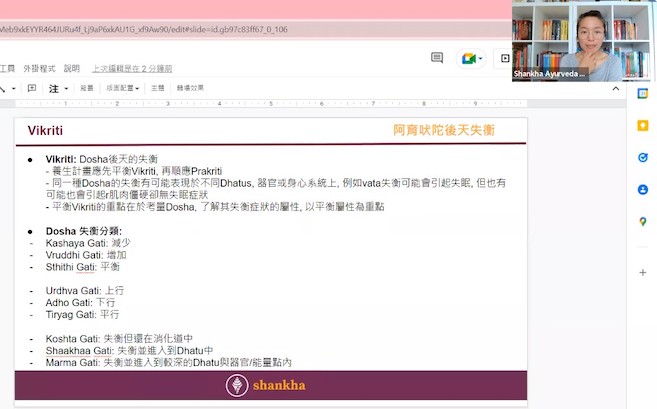






Trailblazing as an Asian bringing Ayurveda to Europe
How did you become involved in setting up the European Ayurvedic Counselor program for Kerala Ayurveda Academy?
Actually, I asked KAA if they wanted to do something. I noticed the need. I’m the only one or two people doing Ayurveda in Norway. And it’s not enough, we need more people. Some people only went to India for a one-week retreat and say they can do consultation. There are so many places like that. Ayurveda is very new here. The government earlier had a very bad image because they tried to do alternative medical system research and some people provided mainly information about heavy metal contamination in formulations. When I talked to the government, they didn’t want to do research again, they promoted homeopathy, acupuncture, naturopathy. I told them that’s a pity. They did not care because not many people use it.
I decided it is necessary to have someone teaching authentic Ayurveda. I tried to cooperate with someone in India and offer 100-150 hours training but the quality was not the same. Then I knew that if I can do things like this, many other yoga centers will follow suit. I wanted a school that can teach in a trustworthy and eternal manner and know what they are doing. Not a one-person school, so many have a spiritual guru, others are not supported so well.
In 2019 during my internship in America, at the Kerala Ayurveda Academy reunion, I met Suzanne and Kathy and we discussed in detail that we needed to set up a school. Then, I discovered so many details and laws to discuss about school systems. But luckily, all rules regarding private institutes are not as strict as in America, so we didn’t need to set up a school for the local law. Suzanne approached the authorities and Dr. J and Suzanne discussed that with everything online, they needed someone who can answer questions on the ground, so I’m like the distributor here. I have my company anyway, my clinic is registered as a company that is able to offer workshops and training, not a diploma, but like a yoga school. And it can cater to all of Europe. Right now, we have students from the Netherlands, Denmark, Germany, Belgium, and Norway.
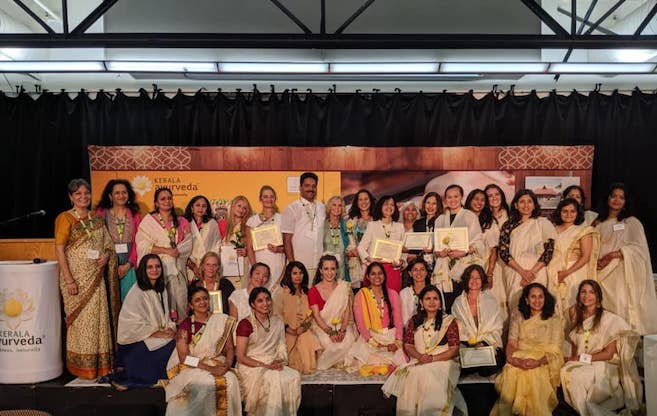

What has been the impact of the Ayurvedic Doctor level of study?
The Ayurvedic Doctor program has already helped me. My consultations are so different when designing protocols or Chikitsa, shamana (pacification) or shodhana (cleansing) or full Panchakarma. Also, I can use data from Western Doctors as well now. This has opened the door for me to understand professional books written by very good Vaidyas, to see how Samprapti (pathogenesis) works. We informally interact with medical doctors here and it really helps.
I also have Rogis from the medical field. In my office we have Naturopaths, muscle therapists, a psychologist and a western medicine doctor and we help each other. Also, one of the biggest medical research centers in Norway is here and many nurses and doctors come to me for consultation or massage. The more they come, the deeper we talk. There are also mental health medical centers, some psychologists are my clients. They see the value, at least they don’t close the door. The conversation is on! It’s like integrative medicine for them, they are willing to integrate at some stage with their clients. When I have my certificates on the wall it helps more and it does make a difference, because it shows the clinical expertise behind that training.





July’s advice to the Asian and Mandarin speaking communities
What’s your advice for the Asian community seeking Ayurveda?
I would encourage them that they are already following Ayurvedic, holistic, natural, mind-body-spirit medicine.
TCM can definitely serve you well. But, most of my Mandarin students feel many essences of TCM have been forgotten. Like in cold weather, we have chicken soup, when we get a cold, ginger tea. No one tells us the reason why and how to connect these, otherwise, it becomes cliché and a grandma thing. Ayurveda is providing the bridging, with teaching when, what and why. That is very important and logical.
If you’re studying, practicing or seeking healing from Ayurveda, don’t think you have to give up Chinese cooking, culture or tea, but enjoy life Ayurvedically. You can eat in an Asian ayurvedic way, adapt it into Asian life.
As a mother, Ayurveda helped me with relationships with kids. I use prakriti for communication and encourage them to do things. It is about life, not about changing, but how to adapt this into your life to live it in the best way. So many students realize after just 30 hours, Ayurveda helped them so much, taking care of small discomfort, kids, talking to their partner, changing their attitude.
Lastly, I’d like to say, if you have a Mandarin cultural background, no matter where you are, to accept Ayurveda in your life doesn’t mean you have to give up Mandarin culture, you don’t look down on either of them. You don’t give up, you add something, that is how we make life more beautiful and gain more experience.
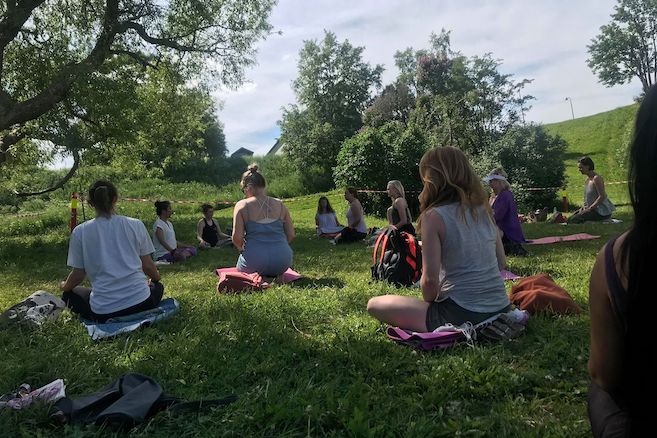






CONNECT WITH JULY
Visit www.shankha.no to find out more about July’s practice.
